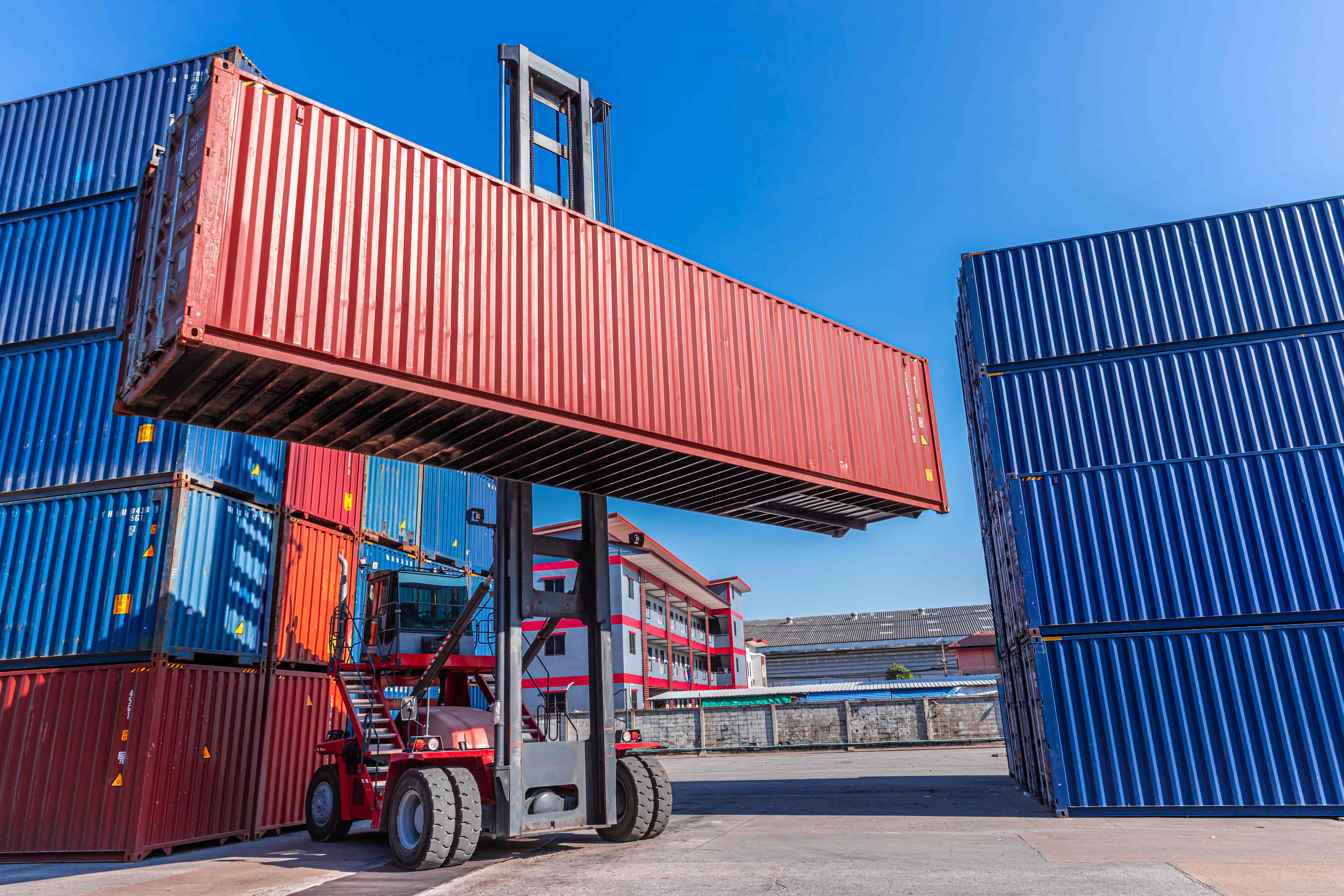
Cargo Claims 101: From Transload to Salvage (A Practical Playbook for Adjusters)

When a truck accident or exposure event occurs, the focus often goes straight to the vehicle and equipment. But the cargo on board can quickly become just as urgent and just as expensive. Damaged packaging, broken seals, branded goods, and rejected shipments create complex decisions for carriers, brokers, and self-insureds.
Handled well, a cargo claim can be resolved quickly and cost-effectively. Handled poorly, it can balloon into storage fees, disposal costs, lost salvage value, and even regulatory headaches.
This guide breaks down the essentials of cargo claims management, showing adjusters and claims leaders how to move quickly, protect value, and close files with confidence.
The Anatomy of a Cargo Claim
A cargo claim arises when goods in transit are damaged, delayed, or rejected. Unlike a straightforward vehicle appraisal, cargo adds layers of complexity:
-
Ownership and responsibility: Who owns the goods at the time of loss?
-
Condition of goods: Is it total loss, partial damage, or simply a broken seal?
-
Disposition of cargo: Should the load be transloaded, salvaged, returned, or destroyed?
Every decision point impacts both cost and cycle time.
The Urgency Factor: Why Time Matters
Cargo claims often unfold under intense urgency:
-
Damaged trailers in a yard rack up daily storage fees.
-
Branded goods need to be secured quickly to avoid theft or reputational risk.
-
A consignee refuses delivery, demanding immediate resolution.
The longer cargo sits, the fewer options remain and the more expensive the outcome becomes. Rapid triage in the first 24–48 hours is critical.
The Cargo Claim Playbook
1. Identify the Cargo and Its Condition
-
What is on the truck? (Branded food? Copper wire? Consumer goods?)
-
Is it physically damaged, contaminated, or just compromised packaging?
-
Document with photos and statements right away
2. Clarify Ownership and Authority
-
Who decides on cargo disposition: the shipper, broker, or carrier?
-
Contractual obligations may dictate next steps.
3. Evaluate Disposition Options
-
Transload: Move goods to another trailer to complete delivery.
-
Return to shipper: When the consignee rejects.
-
Salvage: Sell damaged goods with residual value (e.g., copper wire).
-
Disposal: For contaminated or unsellable goods.
4. Engage the Right Partners
-
Tow/storage specialists to cut yard fees.
-
Salvage buyers to capture residual value.
-
Transload operators to prevent costly secondary tows.
5. Document and Close
-
Capture every step from intake to resolution.
-
Include cost savings and recovery amounts.
-
Confirm compliance with state cargo/towing laws.
Real-World Cargo Claim Scenarios
Branded goods held hostage
After a trailer accident, branded beverages were rejected. Quick salvage buyers offset costs instead of compounding storage and disposal fees.
Damaged copper wire spools
A load of copper spools was partially damaged. Rather than treating it as total loss, salvage buyers purchased at raw copper value, saving thousands.
Transload vs. secondary tow
By arranging an on-site transload, a carrier avoided an expensive secondary tow and shortened cycle time by a week.
Common Pitfalls in Cargo Claims
-
Letting the yard dictate the timeline → Take control early with negotiation and expedited payment.
-
Treating everything as total loss → Distinguish true damage from salvageable goods.
-
Splitting vendors without coordination → Use one turnkey partner to cut delays.
-
Overlooking compliance → Embed state towing/cargo regulations at intake.
Metrics That Matter
-
Average cycle time: Days from loss to resolution.
-
Average savings: Percentage of invoice reductions.
-
Salvage recovery: Value recouped vs. disposal cost.
-
Storage days avoided: A key indicator of speed and savings.
Why a Turnkey Cargo Partner Helps
Working with separate appraisal, towing, and cargo vendors causes delays and finger-pointing. A single partner offers:
-
Integrated handling of appraisal, towing/storage, and cargo.
-
Specialists fluent in equipment and goods.
-
Negotiators who know yard practices and state rules.
-
Consolidated reporting for finance and executives.
The result: shorter cycle times, lower costs, and cleaner files.
Adjuster’s Quick Checklist
☐ Identify cargo and document condition.
☐ Confirm authority before making decisions.
☐ Evaluate transload, salvage, return, or disposal.
☐ Engage towing/storage early to stop the meter.
☐ Use salvage buyers if applicable.
☐ Apply state compliance rules immediately.
☐ Track savings, salvage, and avoided storage days.
Final Thoughts
Cargo claims don’t have to spiral into chaos. With the right playbook and a team that understands both trucking and cargo, claims can be resolved faster, costs can be contained, and value can even be recaptured.
Have a cargo file sitting in a yard right now?
Veritas’ specialists can review it, outline disposition options, and show where savings exist before the bill grows another day.
FAQs
1. What is a cargo claim in trucking?
A cargo claim arises when goods in transit are damaged, delayed, or rejected, leading to financial responsibility for carriers or brokers.
2. How can you reduce cargo claim costs?
Costs can be reduced through quick transloading, salvage sales, and negotiation of towing/storage invoices.
3. What’s the difference between salvage and disposal?
Salvage recoups value from goods with residual worth, while disposal is the paid destruction of unsellable cargo.
4. Why use a turnkey claims partner?
A turnkey partner handles appraisal, towing, and cargo in one workflow, thus reducing cycle time, miscommunication, and overall cost.

